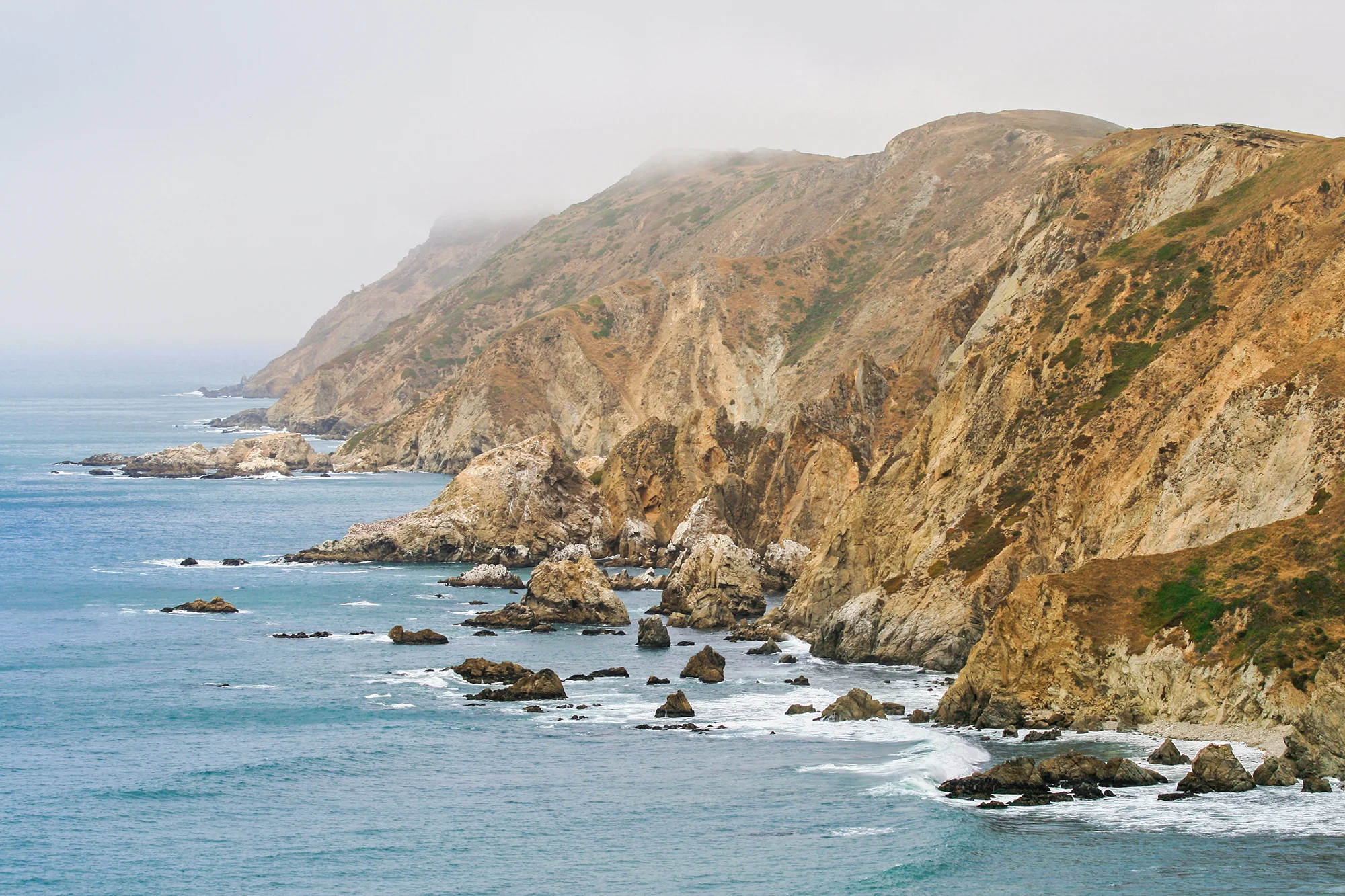California is a huge state, the 3rd largest in the U.S., and has despite an expanding urban sprawl and large agricultural presence held a long tradition of natural conservation. One of the most iconic national parks in the country, the Yosemite NP, is the third oldest national park in the US. Conservation. It may also be the most diverse in the United States of America. Of the Lower 48 conterminous states, California has the greatest diversity in climate, terrain and geology in general. The state's six life zones are the lower Sonoran (desert); upper Sonoran (foothill regions and coastal lands); transition (coastal areas and moist northeastern counties); and the Canadian, Hudsonian, and Arctic zones, comprising California's highest elevations. California’s diverse geography gives rise to dozens of different ecosystems, each of which has its own unique native plants and animals.
The state of contains a long coastline to the Pacific Ocean with shores that offers superb wildlife-watching opportunities, including whale- and birdwatching. The cool, but nutrient-rich, Pacific Ocean supports healthy populations of fish, crustaceans and mollusks which in turn feed an abundance of seabirds and marine mammals. The grassy coastal meadows and tangled, ferny woodlands of laurel, oak and alder make for a perfect feeding place for butterflies, foxes and deer. California is also famous for several estuaries and wetlands. Even though only a few of California’s major river mouths and wetlands have been left undeveloped, some are protected, providing feeding and breeding areas for migratory and resident birds. Mono Lake, east of Yosemite, is one of several lake habitats which have been threatened over recent decades by plans to divert water for domestic or agricultural use. Following a successful conservation campaign, its water supply is now protected. Further inland the state contains a desert grassland. Though plain and brown for much of the year, it doesn’t take much spring rain for the arid grasslands to burst into glorious technicolor. When the wildflowers are in bloom, between February and May, the grasslands are abuzz with insects, reptiles and birds. The famous Joshua trees, a distinctive yucca with clumps of spiky leaves also exists here. California’s mighty sequoias, Sequoia sempervirens (the coast or California redwood, common on the North Coast and parts of the Central Coast) and Sequoiadendron gigantem (the giant sequoia, found on the western slopes of the Sierra Nevada), are perhaps the state’s most distinctive trees. This gallery represents one of my first trips outside of Sweden with a camera with visits in Point Reyes, Yosemite NP, Mono Lake and along the coast from Los Angeles to San Francisco.








